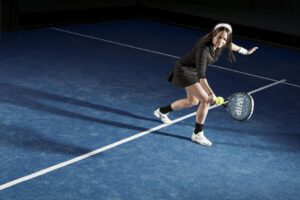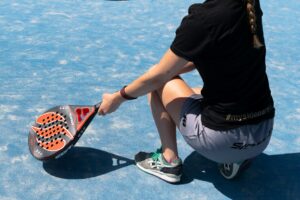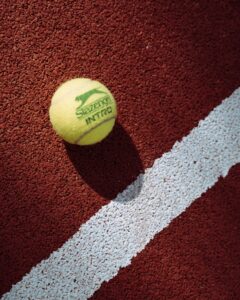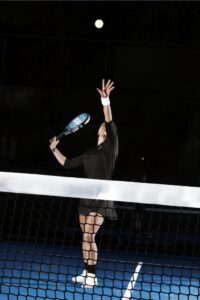The Role of Footwork in Returning Serve in Padel
3 min read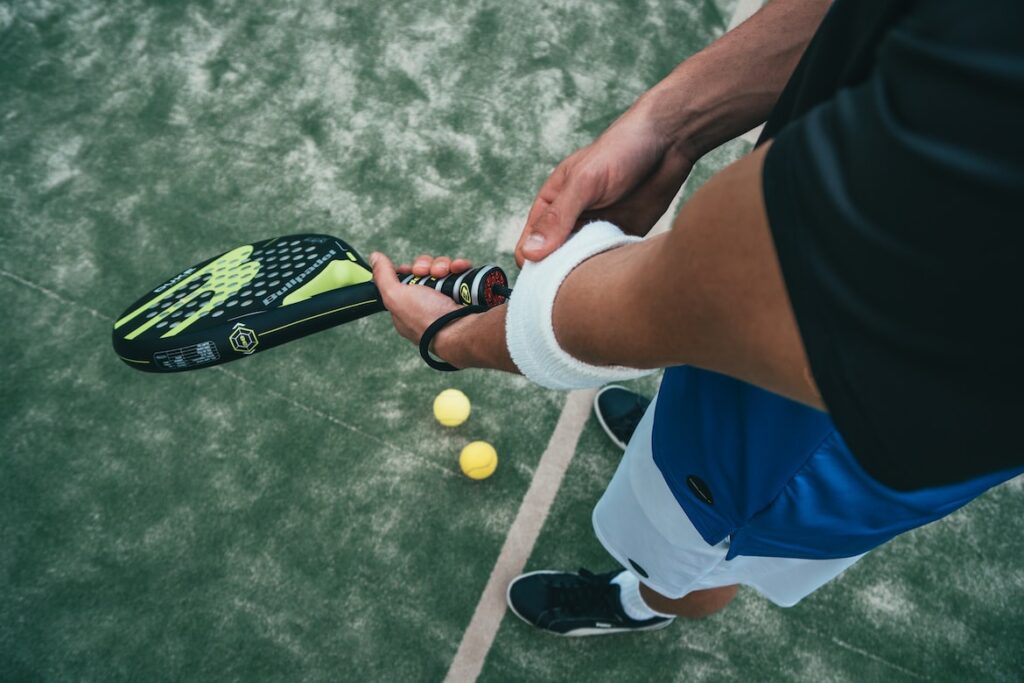
The Role of Footwork in Returning Serve in Padel
Greetings, fellow padel enthusiasts! Today, we are going to dive into the exciting world of footwork when it comes to returning serve in padel. As any experienced player knows, the key to success lies in mastering the fundamentals, and footwork is an integral part of that equation. So, put on your favorite padel shoes, grab your racket, and let’s jump into the court to explore the role of footwork in returning serve!
The Importance of Footwork
When it comes to returning serve in padel, footwork is the secret ingredient that can turn an average player into a pro. It not only allows you to reach the ball but also helps you position yourself correctly for the perfect shot. By mastering footwork, you increase your chances of making a solid return and gaining the upper hand in the point.
The Split Step
Before we dive into different footwork techniques, let’s talk about the split step. The split step is the foundation upon which all footwork in padel is built. It involves having your feet shoulder-width apart, slightly bent knees, and being light on your toes. The split step allows you to react quickly and move in any direction once your opponent serves. So, always remember to split step!
1. The Shuffle Step
One common footwork technique used when returning serve in padel is the shuffle step. It involves taking small, quick steps to adjust your position and get into the right place to hit the ball. As your opponent’s serve approaches, shuffle your feet to the left or right, ensuring you maintain balance and control. The shuffle step is perfect for those fast and low serves that require swift movement.
2. The Cross-Step
The cross-step footwork technique comes into play when the serve is deep towards the back of the court. It involves stepping diagonally towards the ball’s direction, crossing one foot over the other. This technique allows you to cover more ground and quickly position yourself to make a powerful return. Mastering the cross-step will give you a significant advantage against those powerful serves.
3. The Pivot Step
When your opponent serves a wide forehand or backhand, the pivot step becomes your best friend. It involves using the foot closest to the ball as the pivot point and rotating your body while moving towards the ball. This footwork technique allows you to quickly switch direction and maintain balance as you set yourself up for a precise and dynamic return shot.
Remember to Stay Light on Your Feet
Regardless of which footwork technique you use, one thing remains constant – the need to stay light on your feet. Being nimble and quick will enable you to adjust to any serve and make those crucial returns. Keep reminding yourself to stay light, pivot, and explode into your shots to unleash your padel prowess.
Conclusion
As padel players, we are always striving to improve and perfect our game. Mastering the art of returning serve in padel is a vital aspect of achieving that goal. By incorporating efficient footwork techniques such as the shuffle step, cross-step, and pivot step, you will be able to anticipate serves and position yourself optimally for those lightning-fast returns.
So, my fellow padel enthusiasts, go out there and practice your footwork. With dedication and perseverance, you will be returning serves like a pro in no time. Remember, learning how to return serve in padel is a never-ending adventure that constantly challenges you to improve. Embrace the journey and keep striving for greatness!

